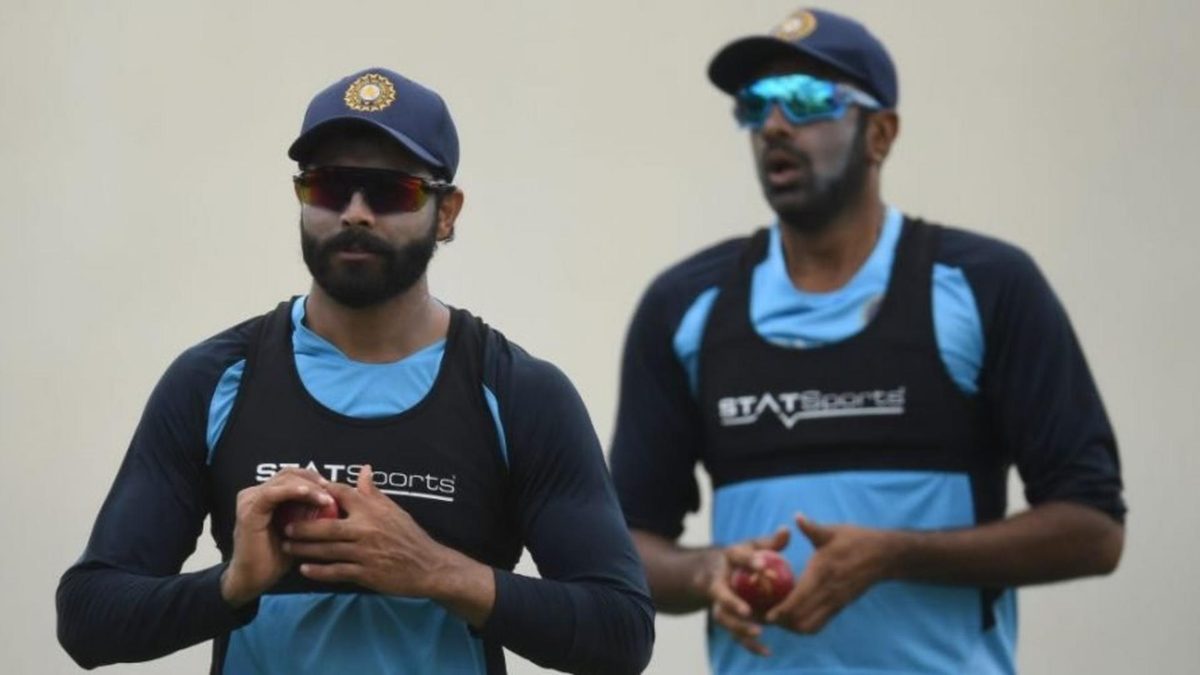
Jadeja, Ashwin, both or none? A look at India’s possible combination in the spin department for the England tour, and the options that exist beyond their first-choice picks.
Subscribe to the Wisden Cricket YouTube channel for post-match awards, player interviews, analysis and much more.
India have four frontline spinners in their squad for their upcoming tour to England, including two off-spinners and two left-arm spinners. There might not be plenty of variety in the attack, but there’s a diverse set of skills and credentials. Additionally, all four spinners are handy with the bat and can essay the role of an all-rounder (however vague the definition of that is).
A look at India’s possible spin combination, from most likely to least likely.
The most likely combination
Ravindra Jadeja and R Ashwin. Both are virtually undroppable on most pitches unless it’s a green, pacy top that just can’t do without the inclusion of an extra quick. It’s usually either one of the two abroad though – only six times have Ashwin and Jadeja played in the same away Test.
Given how good both have been in recent times, there’s little reason to drop either. Among spinners abroad since 2018 (min. 20 wickets), Jadeja’s bowling average of 27.31 is the third best. R Ashwin, who was criticised early in his career for being ineffective on pitches abroad, is not far behind at 29.97.
It’s not just their bowling though; with no Hardik Pandya, India’s middle-order needs more substance in the lower half, and Jadeja and Ashwin have proven to be more than able batters. Jadeja, in particular, has been a revelation – he averages 55.57 with the bat since 2018 – and Ashwin has also found form with his recent showings in Australia, stitching together crucial partnerships. It’s the most likely combination, one that was also endorsed by Rahul Dravid recently.
What if it’s Jadeja v Ashwin?
If India encounter a green top and decide to extend their pace attack, one of Jadeja and Ashwin will have to make way. In the interest of the overall package, Jadeja is likely to be retained then, as he offers more with the bat, and can also be more effective in conditions that aren’t exactly conducive to spin. His bowling relies more on subtle variations and change of pace, putting him ahead of Ashwin who is more dependent on the state of the surface.
It’s also extremely unlikely that one of the other two options will take the lone spinner’s spot ahead of Jadeja and Ashwin.
Who are the other options?
Washington Sundar is a great backup option to have and can walk in as a sort of like-for-like replacement for Ashwin (with better batting abilities too) if need be. Sundar might not have the skill of Ashwin just yet, but is still a naggingly effective bowler who’s accurate and relentless. Given his limitations, his bowling role is usually secondary in nature.
Axar Patel is another strong contender, largely because of his blockbuster debut in the home leg against England, where his left-arm spin ripped off dusty pitches and through England’s batting. The conditions will be far different in England, and Axar is likely to get beaten in the competition by the two senior spinners. He does have the experience of playing county though, having featured for Durham in 2018 when he averaged 13.05 with the ball, snaring 18 wickets in four matches.
Is there a possibility of fielding more than two spinners?
Next to nil. India have a strong pace attack, which they rely on for overseas success. As tempting as it is to stuff the side with more all-rounders, Indian seamers have been instrumental in setting up wins for them on previous tours to England. With a diverse pace attack to choose from and no seam bowling all-rounders in their ranks, India are likely to go with at least three quicks, realistically leaving only two more spots for the spinners to capture.








